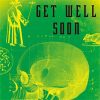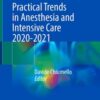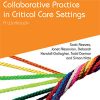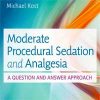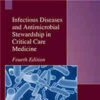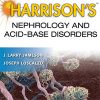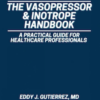Guidelines for Burn Care Under Austere Conditions
academic.oup.comThe principles of care after disasters and mass casualty incidents are centered on doing the greatest good for the greatest number. From an airway and ventilation perspective, we have presented the issues that are likely to be encountered in a large-scale burn disaster. We must remain vigilant in our preparation for such events. Prior preparation and training can have a substantial impact and save lives.
Patients with burns less than 20% BSA can be effectively resuscitated from burn shock using oral solutions; many patients with burns up to 40% BSA can also be safely resuscitated.
For patients with burns >20%, IV resuscitation, if supplies permit, should be utilized using the Parkland formula. In resource-constrained environments, IV resuscitation may need to be restricted to survivable burns >40%.
There are many formulas for oral rehydration solutions, but all include clean water, glucose, and electrolytes.
Oral fluids should be given in amounts tolerated by the patient, accepting the occasional episode of nausea and vomiting as inevitable but not a reason to discontinue oral therapy.


